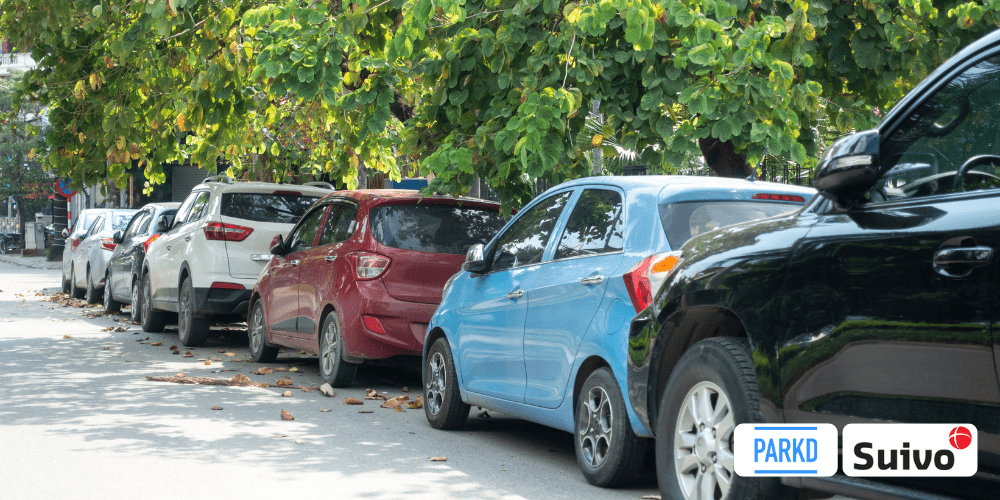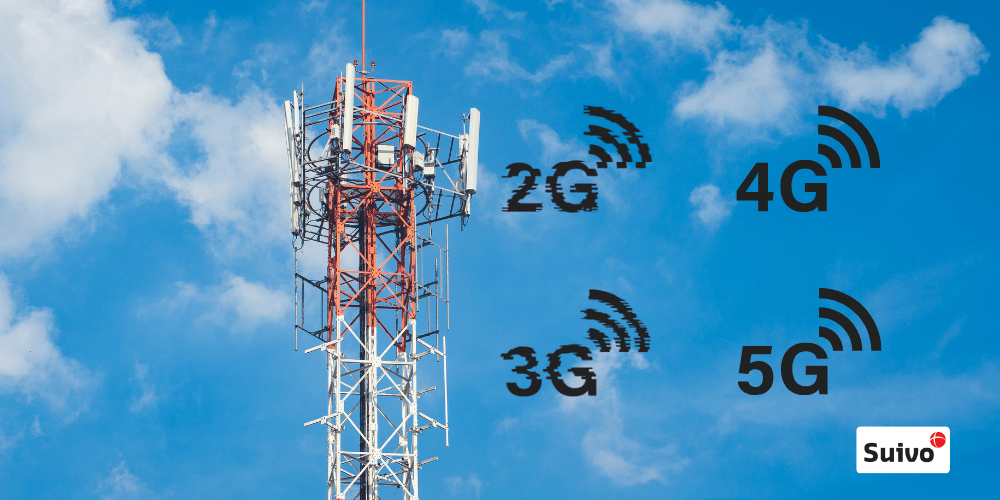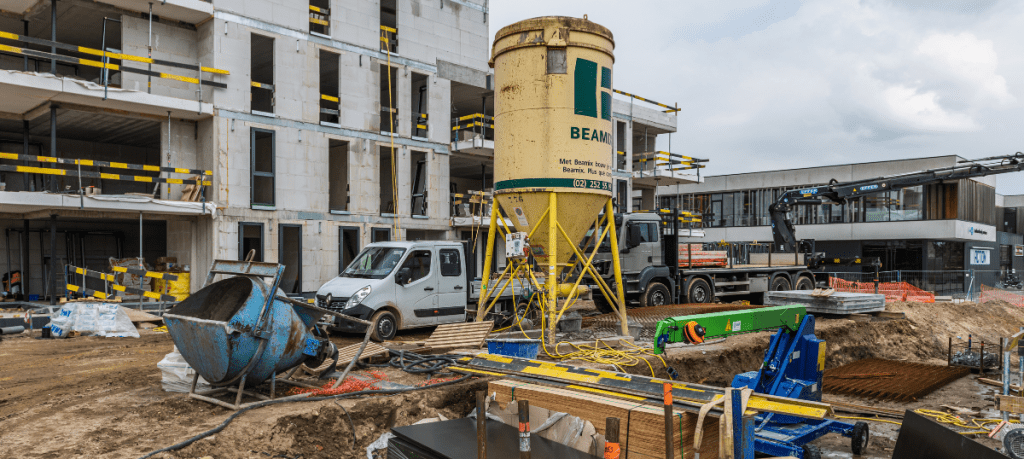Power source & battery life
What type of battery – non-rechargeable, rechargeable, or replaceable – is most convenient for your tracker? While this depends on your business case and operations, it’s recommended to consider:
- How many assets/objects do you want to track?
- Do they need to be maintained regularly? If so, it’s easy to replace the trackers.
- Is the asset in a difficult to reach area requiring a battery life of more than 2-3 years?
Transmission frequency
When it comes to transmission frequency, there are two important questions to answer. Firstly, how often do you need to check the position of your asset/object? And secondly, how often does it move? If you need to continuously know where the asset/object is, then ‘transmitting while moving’ can be interesting as it offers a higher frequency of data transmission if the asset is moved. Alternatively, if you only want to have an overview of your assets/objects which are usually fixed at one location for a certain time period, then you might have enough information with once a day positioning to issue a transparent invoice or produce an accurate cost allocation.
Position technology and accuracy
GNSS/GPS
Global Navigation Satellite System (GNSS) encompasses several satellite constellations that enable autonomous geo-spatial positioning for tracking devices. The system uses satellite signals in a protected frequency band to give an accuracy of1-15 meters. As of October 2018, the United States’ Global Positioning System (GPS) and Russia’s GLONASS are fully operational as GNSSs.
GNSS-based geo-spatial positioning is a very power-hungry method of determining the position of an asset/object, and its usage should be avoided or minimized on battery-powered devices.
Positioning & triangulation by network
Some LoRaWAN operators offer a geo-location (LBS) service which determines the approximate location of devices on their network. The accuracy depends mostly on the density of the LoRaWAN gateway implementation. KPN in the Netherlands achieves quite good results with up to 50-meter accuracy in some areas. Proximus in Belgium does not currently allow new users to enable location services.
Sigfox (Low Power Wide Area Network) also has a geo-location service which is available internationally. The geo-location service, called “ATLAS”, essentially calculates the location of a Sigfox modem by analyzing the signal strength of several identical messages received by different base stations and triangulating it back to an approximate geo-location using a probability model (the location with the highest probability is selected). This means that the location is not real-time but is calculated after the data is received by several gateways. Accuracy can range from several kilometers to a few hundred meters depending on gateway density and signal quality. Poor signal quality (e.g. the asset/object being located indoors or interference)results in inferior location accuracy. The Sigfox Geo-location service continues to increase its accuracy with Machine Learning technology.
GSM(2G/3G/4G) and (W)CDMA modems can also be located by scanning for nearby cells(receiving stations) and submitting the Cell ID’s (unique identifier of the cell) to a geo-location service such as Google’s Geo-location API. This determines an approximate position derived from the cell’s known location. The accuracy of Google’s result is very variable depending on local conditions but ranges anywhere between a few kilometers down to a few hundred meters.
A major advantage of network positioning is that it allows approximate geo-positioning of an object without any additional power consumption as the device does not need to use battery power to enable sensors or use its processor to determine its own location. This can result in very significant autonomy gains and lower costs (from needing a smaller battery) when an approximate position is sufficient for the application.
NOTE
Suivo IoT autonomous trackers can determine their own position using the (optional) on-board GPS-receiver or by detecting nearby Suivo Devices (proprietary BLE beacons). The accuracy of position varies between 5-50 meters. For optimal autonomy, the approximate position can also be determined by the network or Suivo platform after the data is received. The autonomous tracker does not use any battery power to determine its own position, resulting in very low power consumption. However, accuracy is also lower – expect anywhere between a few hundred meters up to several kilometers. .
Want to know more? Read Part 2 here!




